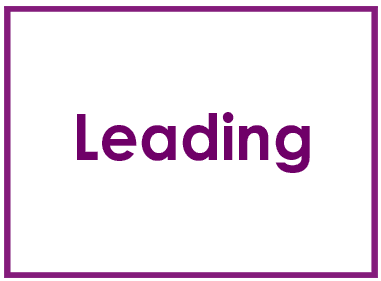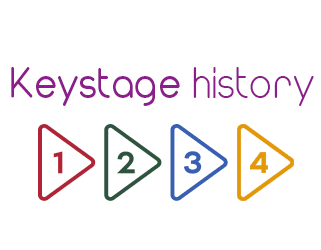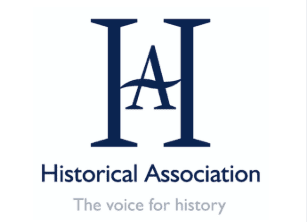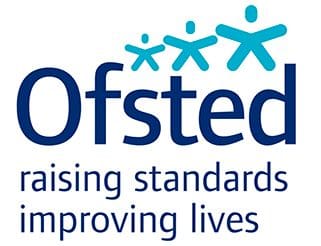
A recent report from a history HMI to a primary school reveals what they are looking for :
One of the key features underpinning the high quality of history learning this was that history has a high status throughout the school, recognised by the headteacher. The subject leader attended local network meetings and time was made available for feedback from these meetings to be shared with all staff as soon as possible after the meeting. In addition, if there was something specific to a particular year group, that was passed on to the relevant teacher much more quickly. This information came independently from the head-teacher and individual staff. There had been a thorough handover between the history coordinator and the person looking after the subject in her absence meaning that quality of provision did not suffer simply because of a change of personnel
All staff felt individually supported by the subject leader. The subject leader had provided outline progression guidance for staff so that there was clear evidence of planning for progression across the school covering the key skills, concepts and processes as well as the content. Individual staff had freedom to develop the content to suit their needs and more specifically the needs of the pupils. The school had high levels of EAL pupils, children with SEN and Roma families. Staff were unanimously of the view that it had encouraged them to be much more active and dynamic in their initial teaching approach. History was very active and linked positively to other subject areas such as design and technology to bring the subject to life. All staff and the senior leaders were acutely aware of the need to tailor the history curriculum to meet the learning needs of the children in the school.
Following every history element taught class teachers completed a short one side A4 evaluation sheet outlining what worked well, what could be improved and any ideas for future support. In some cases, this led to a short meeting between the member of staff and the subject leader and there were numerous examples of improvements that had been made as a result of this process.
The subject leader was providing clear leadership in the area of assessment. Practice was thoroughly embedded across the school to the extent that even supply teachers were providing focused, subject specific feedback to individual children. There was a very clear link from the planning which focused on skills, concepts and processes; individual lesson planning which had clear history learning objectives (often couched in the form of a question); staff feedback which focused information on the learning objective; and responses from children to the feedback, often with additional follow-up that was done at the start of the school day.







